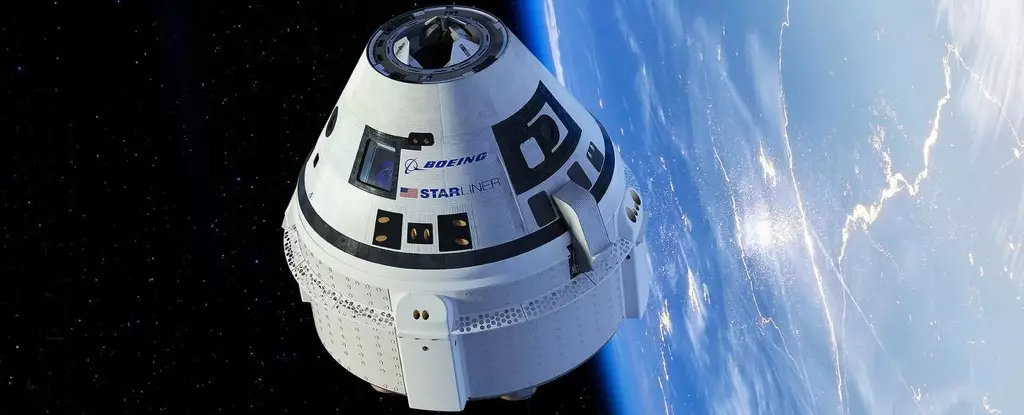The competition between Boeing and SpaceX in the realm of space exploration has been a fierce battle of experienced aerospace giant versus innovative upstart. Boeing, with its long history and extensive aerospace experience, was initially the favorite to lead the way in providing crew transport to the International Space Station through NASA’s Commercial Crew Program. However, SpaceX quickly gained momentum with its Falcon 9 rocket and Dragon cargo ship, proving to be a formidable opponent. While SpaceX was able to learn from its failures and aggressively progress, Boeing faced numerous setbacks in the development of its Starliner capsule.
The Disappointment of a Failed Test Flight
The recent test flight of Boeing’s Starliner capsule ended in disappointment, as the spacecraft returned to Earth uncrewed after thruster failures deemed it unsafe to pilot back with astronauts on board. This unfortunate outcome not only dealt a blow to Boeing’s reputation but also raised concerns about the future of the Starliner program. Despite this setback, NASA has expressed its support for Boeing, emphasizing the importance of having multiple crew launch systems to ensure continued human space operations. The prolonged stay of astronauts Butch Wilmore and Sunita Williams on the International Space Station highlights the complexities and challenges of space missions.
NASA’s strategic decision to involve commercial competitors like Boeing and SpaceX in advancing the space program reflects a shift towards innovation and collaboration. The agency’s approach of providing requirements and allowing companies to find solutions has led to progress in space exploration. The technological advancements made by SpaceX and Boeing mark a departure from traditional capsule technology, showcasing NASA’s adaptability and forward-thinking mindset in the evolving space industry.
The unpredictable nature of space missions underscores the need for constant vigilance and preparedness. The stringent requirements for successful human spaceflight demand meticulous planning and execution, with the understanding that failures and setbacks are part of the learning process. The current scenario involving increased crew members on the space station poses logistical challenges for NASA, requiring adjustments in the delivery of essential supplies and consumables.
The unsuccessful return of Boeing’s Starliner capsule serves as a reminder of the complexities and uncertainties involved in human spaceflight. While setbacks are inevitable in the pursuit of exploration and innovation, the resilience and adaptability of astronauts like Butch Wilmore and Sunita Williams are testament to their professionalism and dedication to the mission. NASA’s commitment to advancing human space operations through collaboration and innovation signals a promising future for space exploration, despite the challenges and obstacles along the way.


Leave a Reply